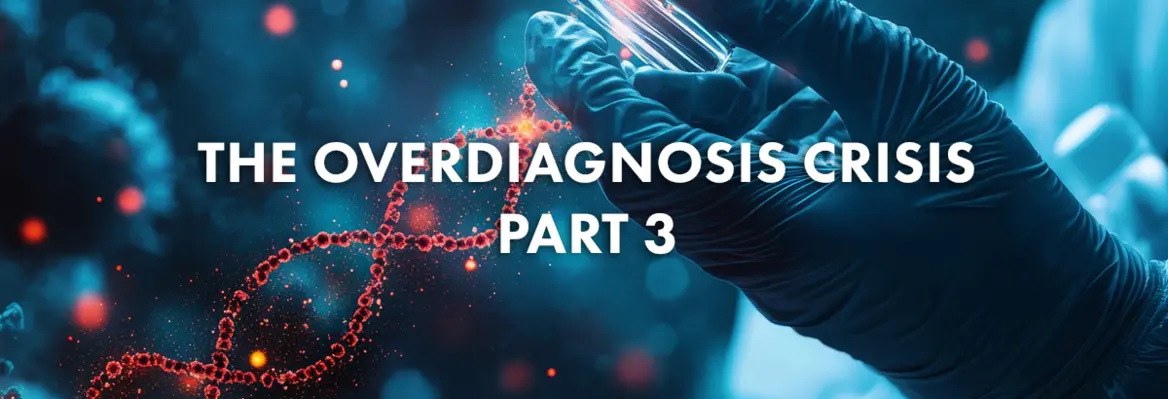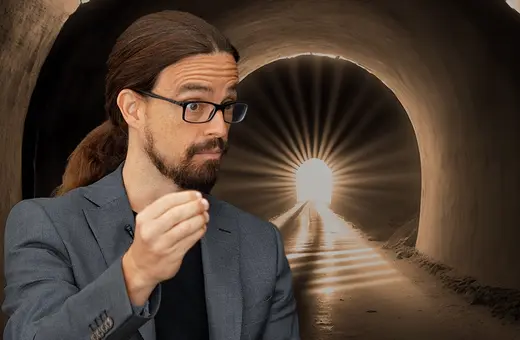More tests, more scans, more treatments—we’re told this is the road to health. It’s not. In our obsession with early detection, we’ve built a system that over-diagnoses the well, chases harmless cancers, and pours billions into treating problems that were never really problems. Pharma companies profit; doctors feel virtuous; and grateful “cancer survivors” promote the myth—yet in many cases their cancers were never destined to cause them harm. In this final article in his series on screening, leading physician and health policy researcher H. Gilbert Welch delivers a stark message: health isn’t constant vigilance. It’s knowing when to stop looking. You can’t test yourself to wellbeing.
This is the third in a series of three articles for the IAI by Dr Welch on screening. Read part 1, “We are overcounting cancer cases by vast amounts”, and part 2, "Cancer screening harms more people than it saves is available".
The assertion that “Screening saves lives”—or its analogue “Early detection saves lives”—has been repeated so many times that it has become widely accepted as truth. So you probably should hop in an MRI to see if anything is wrong. And monitor your heart rhythm on your smartphone. And check if you have early signs of dementia. And test your blood annually to look for multiple cancers. My previous two articles in this series have shown why this is a mistake.
___
To persuade asymptomatic people to be screened, they must first be made to worry about diseases they might get in the future. This undermines our sense of well-being, which lies at the very core of health.
___
I argued that medical care has overinvested in screening, to the detriment of human health. It doesn’t reduce the overall number of deaths among those who are screened, and there are real human costs to getting ahead of symptoms. Patients are diagnosed with diseases not destined to bother them, and are subsequently harmed by unnecessary treatment, the side-effects of medication and complications of pointless procedures. Many more face abnormal test results, triggering cascades of more testing, procedures, complications and anxiety. Some are told that, while they don’t have the disease, they are at “high risk” for it. More generally, screening relies on fear. To persuade asymptomatic people to be screened, they must first be made to worry about diseases they might get in the future. This undermines our sense of well-being, which lies at the very core of health.
SUGGESTED VIEWING How medicine ignores our bodies With David Healy
And, finally, screening diverts precious resources. All of this costs time and money—and a lot of it. Cancer screening alone in the US has been estimated to cost $43 billion annually. For a variety of reasons, I think this is a low-ball estimate: the real number is closer to $100 billion. That kind of money could go a long way toward improving treatment for symptomatic patients or, more broadly, tackling the social determinants of health.
So how did we get here? Why are we doing this to people?
First, because it feels good. Providing a concrete preventive service feels good for both patients and doctors. Most patients receive reassurance that they are well. Doctors get to check off a box, since we are frequently graded on preventive services. And then there is a lot of magical thinking: not only do we assume that more screening will save more lives, but that testing large swaths of the population will somehow save money and—most egregiously—reduce disparities in healthcare outcomes.
___























Join the conversation